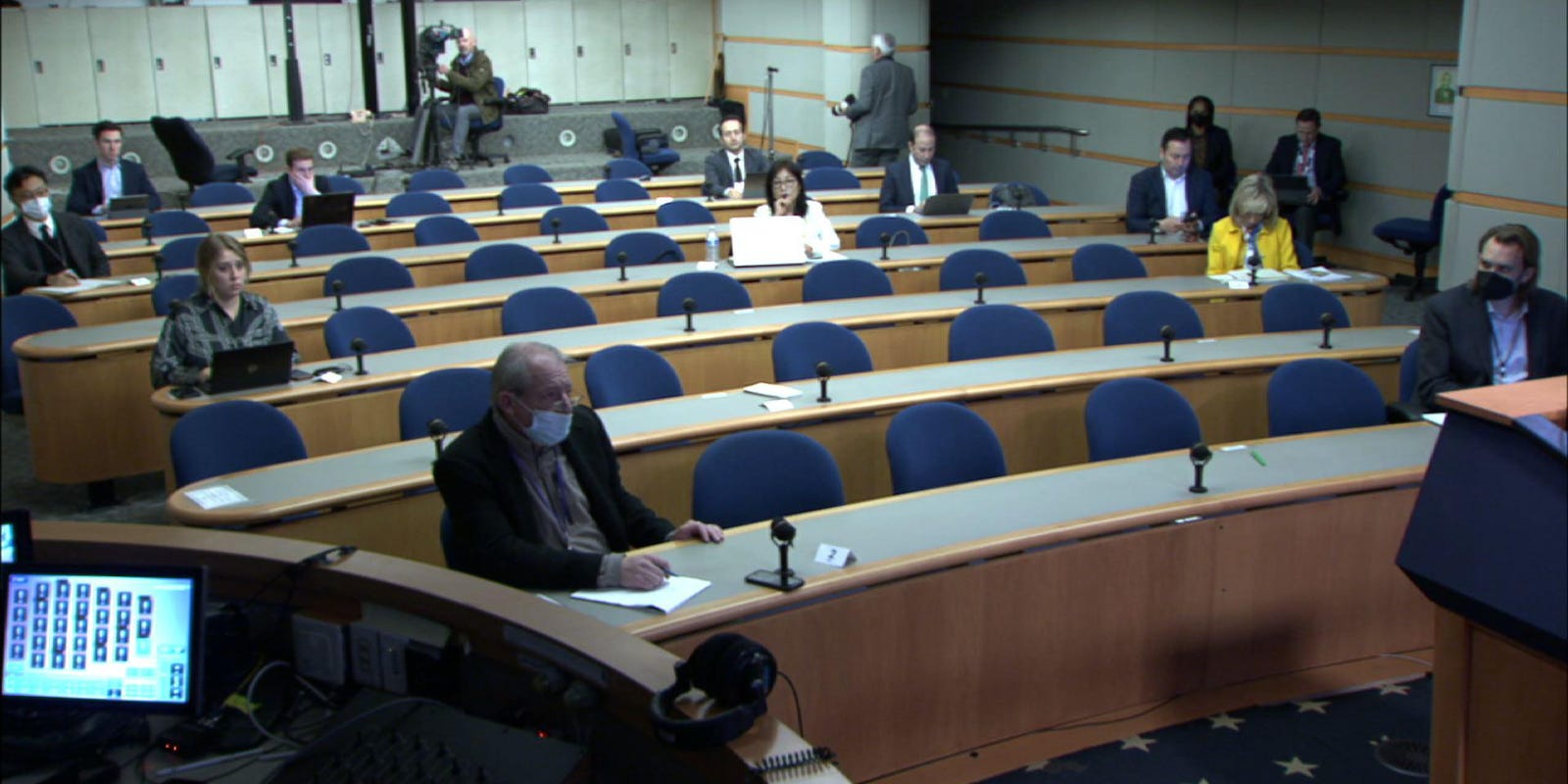The co-leader of the far-right Alternative for Germany has called for mass deportations of immigrants as the party launched its programme for next month’s nationwide elections.
In a fiery speech to supporters in the small town of Riesa in Saxony, east Germany, Alice Weidel said that under the AfD — which is second in the polls with a record vote share of around 20 per cent — Germany would witness “repatriations on a large scale”.
Weidel, AfD’s candidate for chancellor in the elections, used the controversial term “remigration” to describe the policy.
The word was coined by right-wing Austrian ideologue Martin Sellner, who defines “remigration” as forcibly removing immigrants who break the law or “refuse to integrate”, regardless of their citizenship status — an idea that critics say is akin to ethnic cleansing.
On Saturday Weidel said: “I have to tell you quite honestly: if it’s called remigration, then it’s called remigration.”
She was met with loud applause from party delegates who also repeatedly shouted “Alice für Deutschland” — a play on the forbidden Nazi-era slogan “Alles für Deutschland”, meaning “everything for Germany”.
Weidel, a former Goldman Sachs analyst, has positioned herself as the more presentable face of a party that includes ultraradicals who have been classified as right-wing extremists by Germany’s domestic intelligence agency.
Earlier this week in a joint appearance on X with Elon Musk, Weidel used the unprecedented public platform to argue that the AfD — which also promotes normalisation of relations with Moscow and the tearing down of wind turbines — had become a mainstream political force.
However, it has little chance of coming to power in the upcoming elections because all of Germany’s other major parties have ruled out going into coalition with it.
Weidel’s embrace of remigration was seen by some in the party as a nod to Björn Höcke, the flag-bearer of the radical right who led AfD to a historic first-place finish in regional elections in the east German state of Thuringia in September.
“It is a concession to Björn Höcke,” said Kay Gottschalk, a member of the German Bundestag who belongs to the more moderate flank of the party. “It is a word, of course. I would express it in another way — sending them back — but that is what delegates want.”
Weidel also used her speech to repeat her call for the Nord Stream gas pipeline from Russia to Germany to be brought back into operation, to bring back nuclear power and to rail against gender studies programmes.
The party gathering was met with large-scale protests. Around 10,000 anti-AfD demonstrators turned up and police put Riesa, a town of 30,000 people, under lockdown, delaying the start of the conference by two hours.
























/cdn.vox-cdn.com/uploads/chorus_asset/file/25822586/STK169_ZUCKERBERG_MAGA_STKS491_CVIRGINIA_A.jpg)

